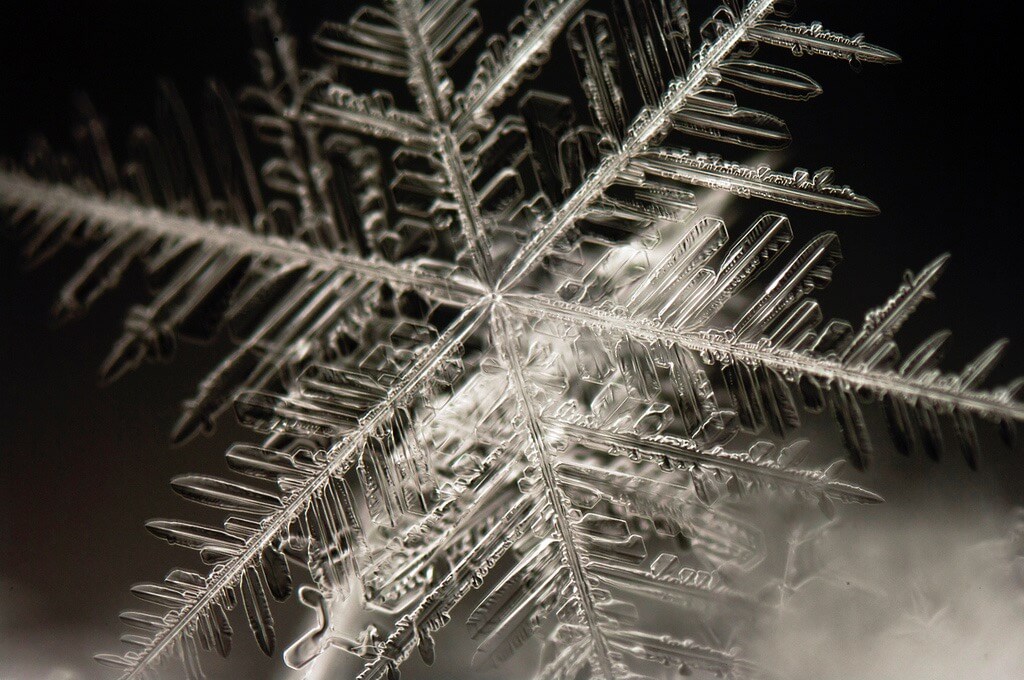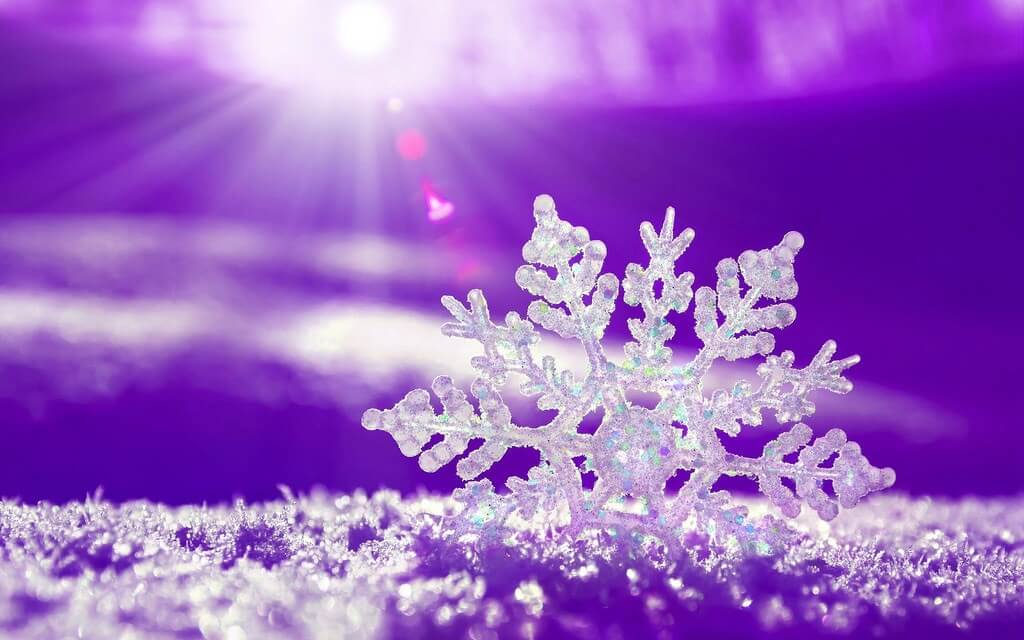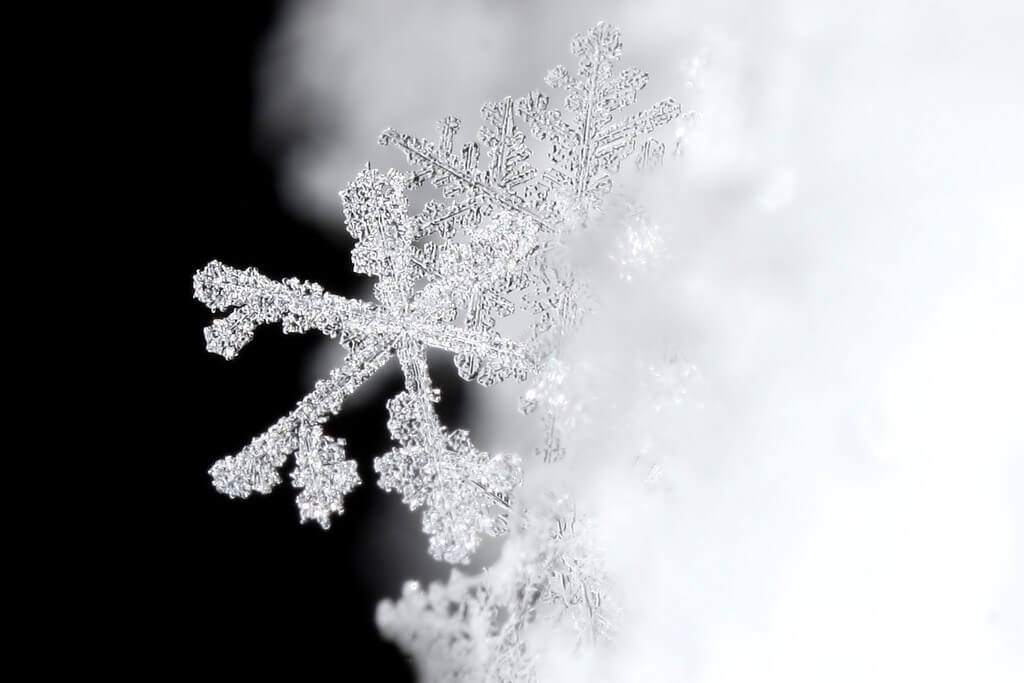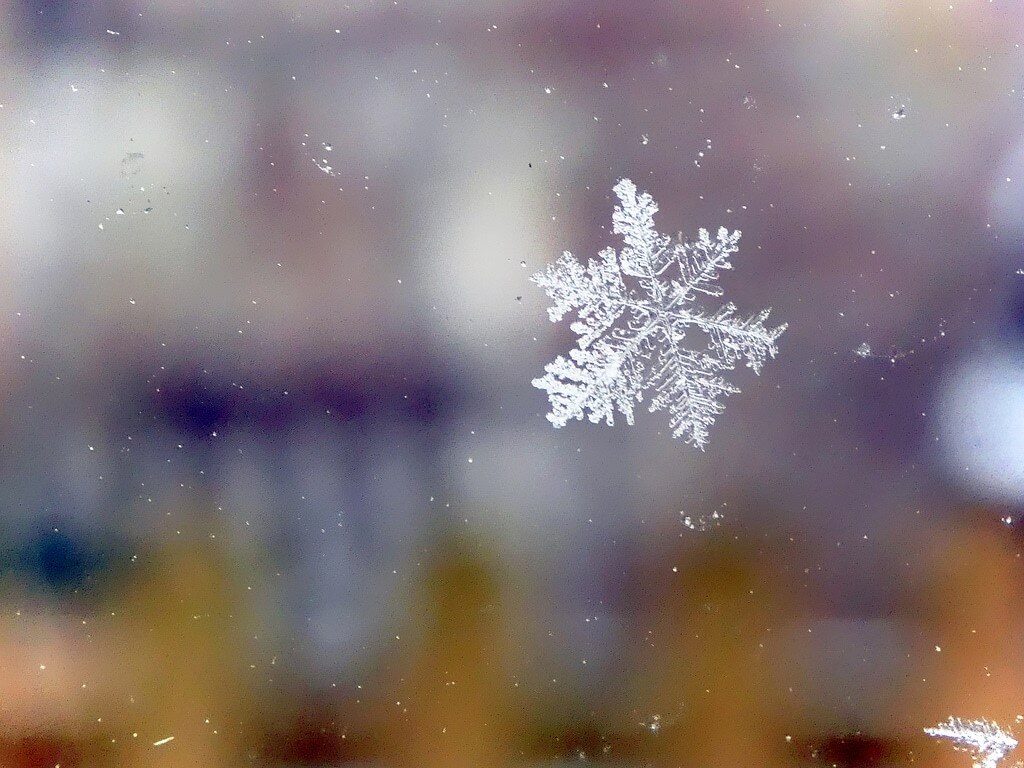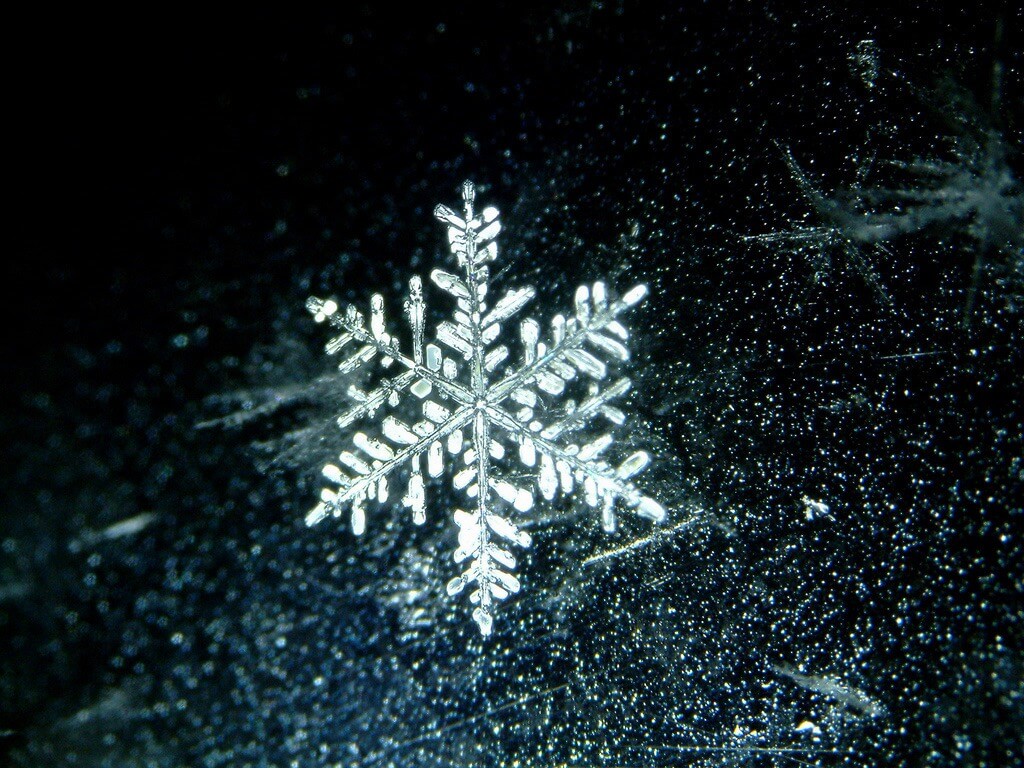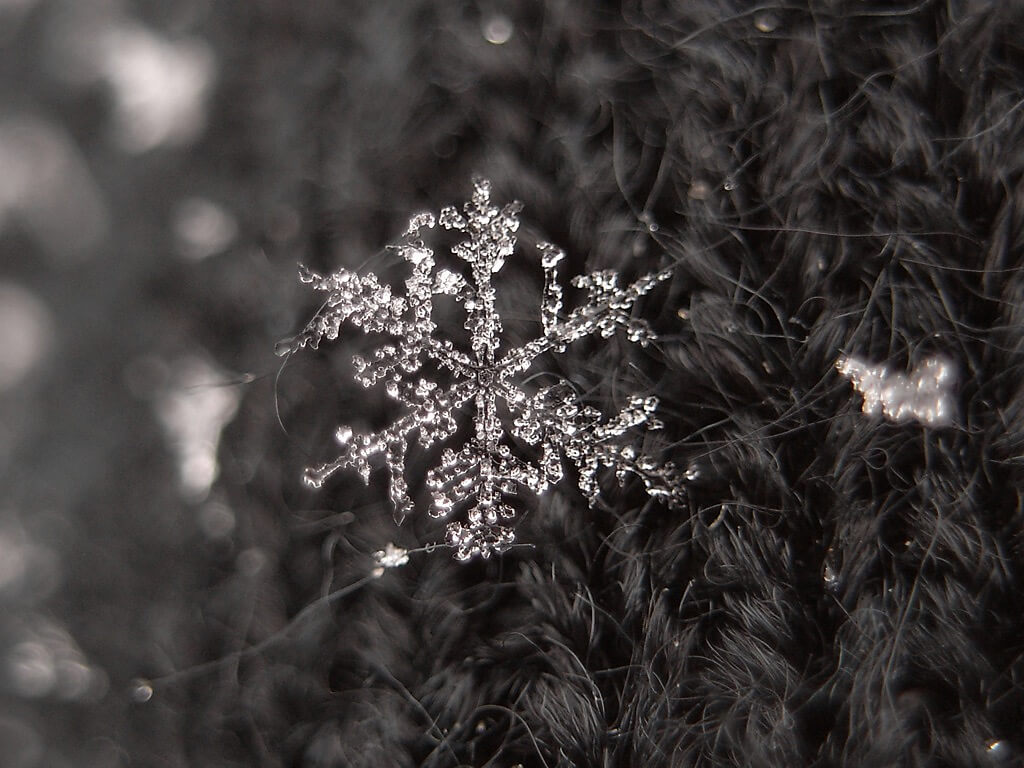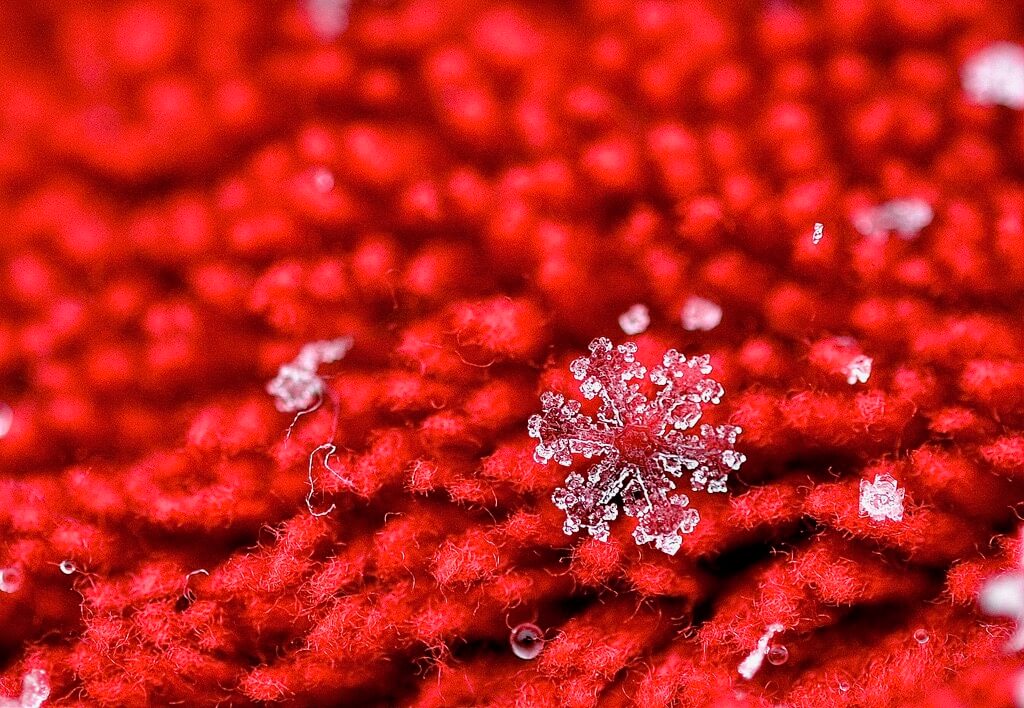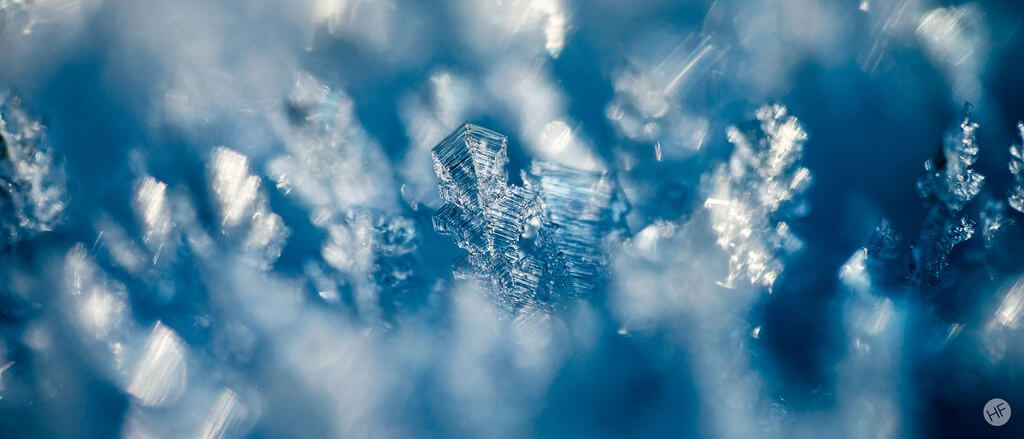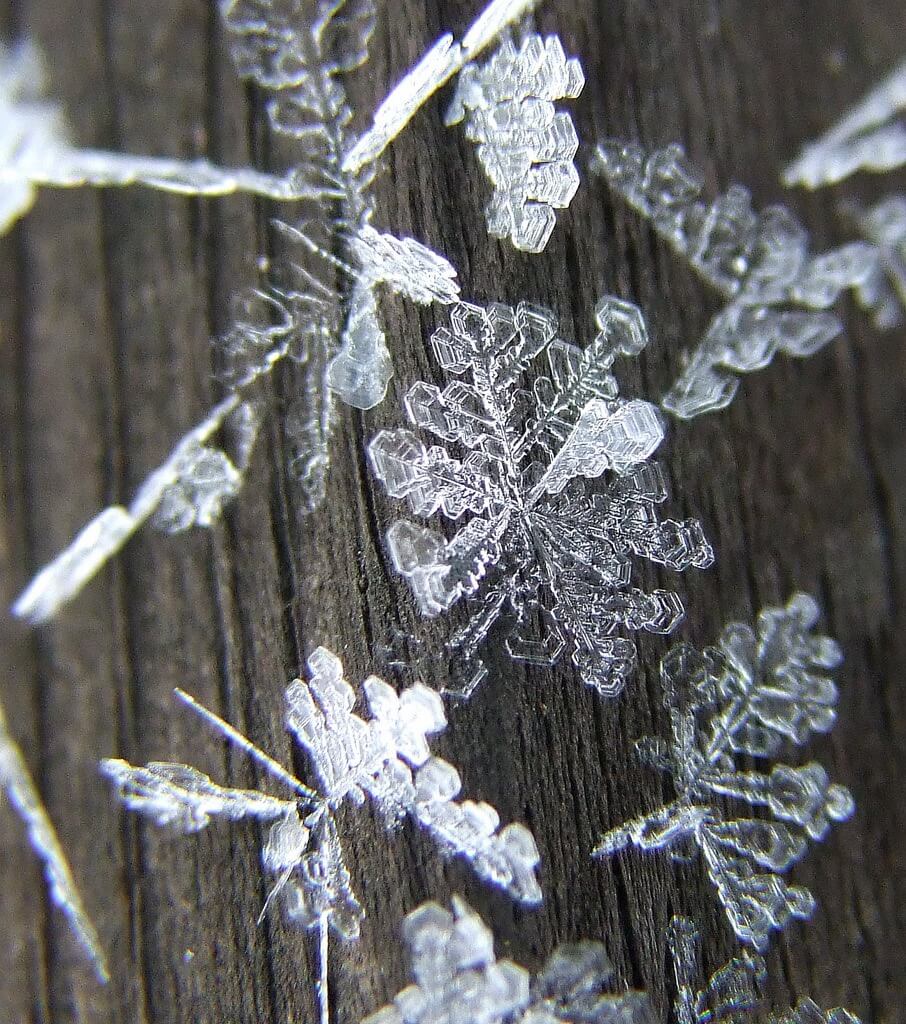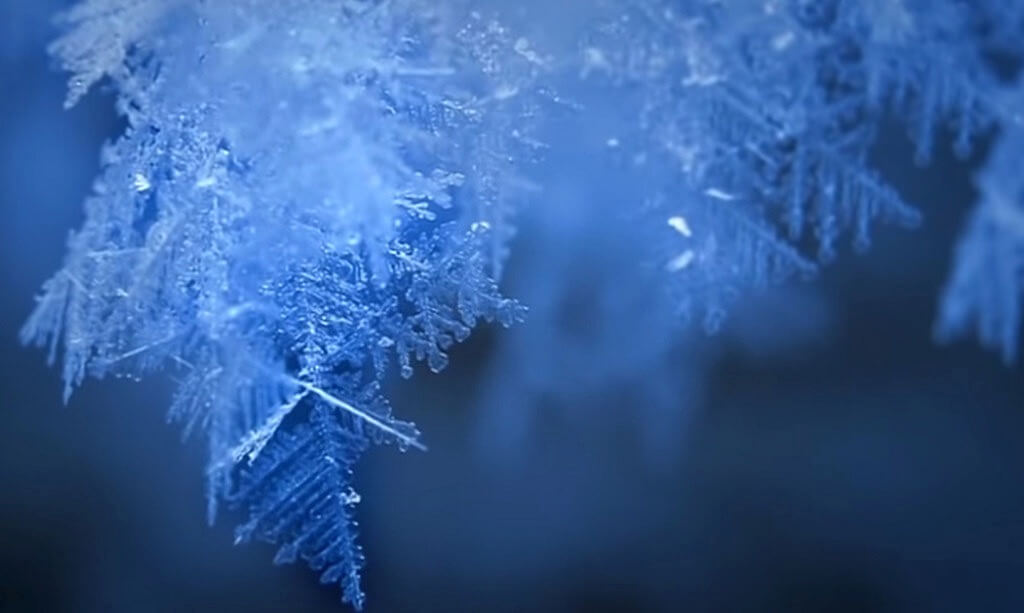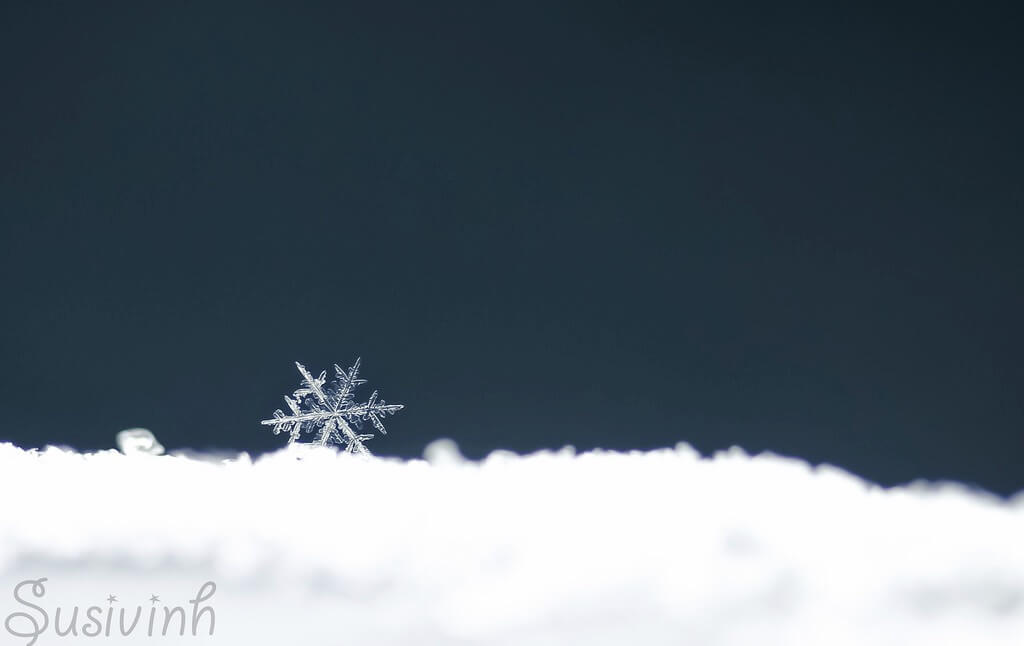Most macro photographers live for the spring, summer, and autumn. These seasons offer an incredible variety of macro subjects in nature, especially if you love photographing insects and flowers. But when winter sets in, this variety disappears in northern climates. Then, macro photographers are faced with three options: shoot indoors, travel somewhere warmer, or go out looking for snowflakes.
Snowflakes can be a difficult but rewarding macro subject since each one is unique. If you’re ready to take on the snowflake challenge this winter, here are some pointers to keep in mind.
Set up your camera for macro photos.
While it is possible to get close-up shots of snowflakes without a macro set-up, it’s more frustrating and less rewarding. Because snowflakes are so tiny, your camera needs something additional to magnify them, typically a macro lens or macro filter. (Or, if you’re shooting on a smartphone, you can get a mobile macro lens.)
Wait for the right weather conditions.
Some snowflakes are more beautiful and easier to photograph than others. To get spectacular close-up photos, you ideally want a snowflake with a complex design that won’t melt quickly. These kind of snowflakes are more likely to form in high humidity and colder temperatures, at least several degrees below freezing.
It’s also easier to pick out a gorgeous snowflake when it’s lightly snowing, as opposed to heavy snowfall. When a lot of snow is coming down at once, snowflakes are more likely to clump together. You have to work faster and look harder for a single, well-formed snowflake, or else stick with snowflake clumps.
However, it’s common for the quality of snowflakes to change throughout a snowfall, so if you’re disappointed by your first results, try shooting again in 15 minutes. In any case, you want to get out during the snowfall, so the snowflakes are fresh. If you wait too long, the snowflakes can start to melt or evaporate, and their beautiful sharp edges will disappear.
Martyn Fletcher – Snowflake cluster, Cumbria, UK
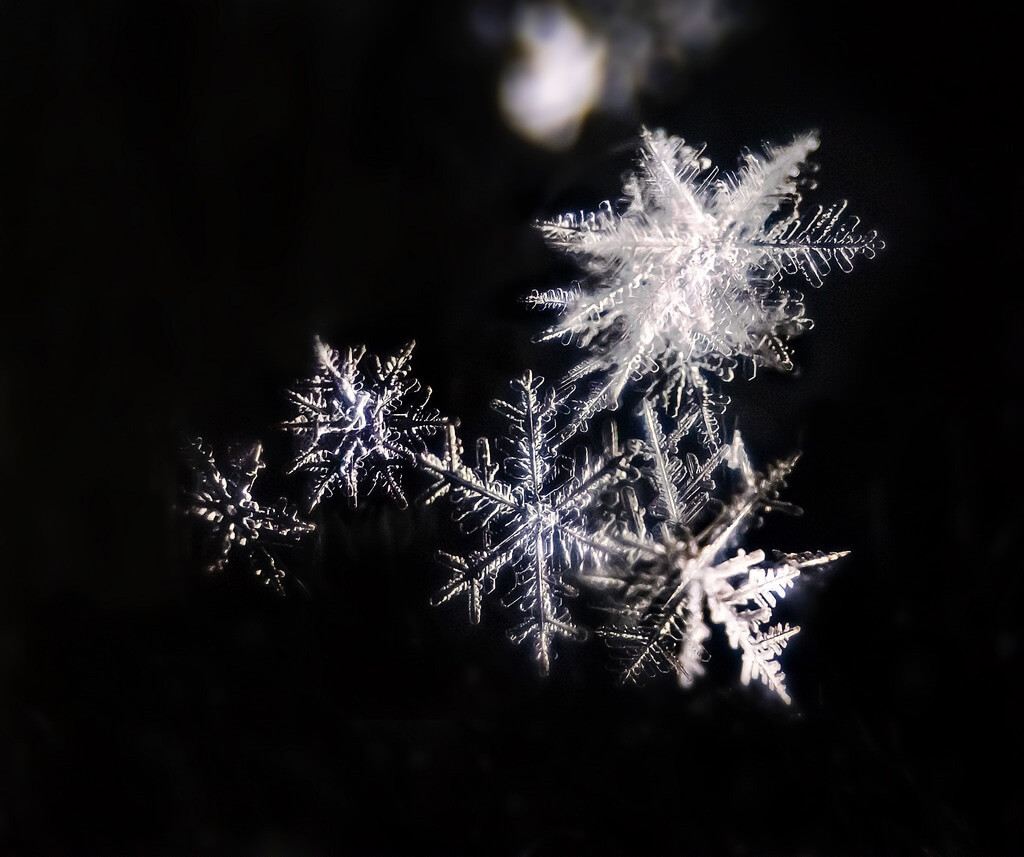
Be prepared for a long, cold photo shoot.
Hunting and shooting snowflakes can take a long time. While you might get lucky within 10 minutes, don’t plan on it. Make sure you’re prepared for a long shoot in the cold, both for your own comfort and your camera’s protection. Not sure what you need? Check out this list of cold weather gear for photography.
If the idea of staying outside in the cold sounds unappealing, you can try shooting snowflakes through a window, too. This approach has two possibilities. You can either open the window to catch snowflakes, or leave the window closed and wait for snowflakes to stick against the glass. You can get great images either way, but you’ll need to shoot quickly before the snowflakes melt or blow away.
Shoot against a dark background.
To highlight the intricacies of the snowflake, you want to contrast it against something dark. For instance, you can place a black velvet cloth outside and wait for snowflakes to land on it. Or, you can go out searching for a good backdrop, like a dark stone or dead leaf.
If you’re using something to catch the snowflakes, like the velvet cloth, make sure it’s cold before you set it outside. Otherwise, the snowflakes will melt when they land on it. If the material is cold enough, you can bring it and the snowflakes to a sheltered area for the photo shoot without feeling rushed.
Experiment with different textures.
To bring out the fragile patterns of the snowflakes, try shooting them against interesting textures like rough wool or smooth hair. This contrast (smooth/sharp, rough/delicate) shows off the snowflake’s beauty and makes the photo more interesting.
In addition, this contrast can give viewers a reference point to measure the snowflake’s size. They’ll be able to see how small it is, despite its magnification in the photo.
Take a lot of photos.
Getting a great close-up shot of a snowflake has two main challenges. First, you need to find a perfect snowflake, and then you need the technical knowledge and experience to photograph it well. Both of those challenges require time and a lot of practice.
Taking more photos will help you refine your skills as well as improve your chances of finding a perfect snowflake. The additional photos can also come in handy during post-processing, especially if you’re using focus stacking to increase sharpness.
For more tips on shooting close-up photos, read this brief introduction to macro photography. If you get a nice shot, share it with us on Instagram or Flickr so we can appreciate it!
bkaree1 – hópehely / snowflake /
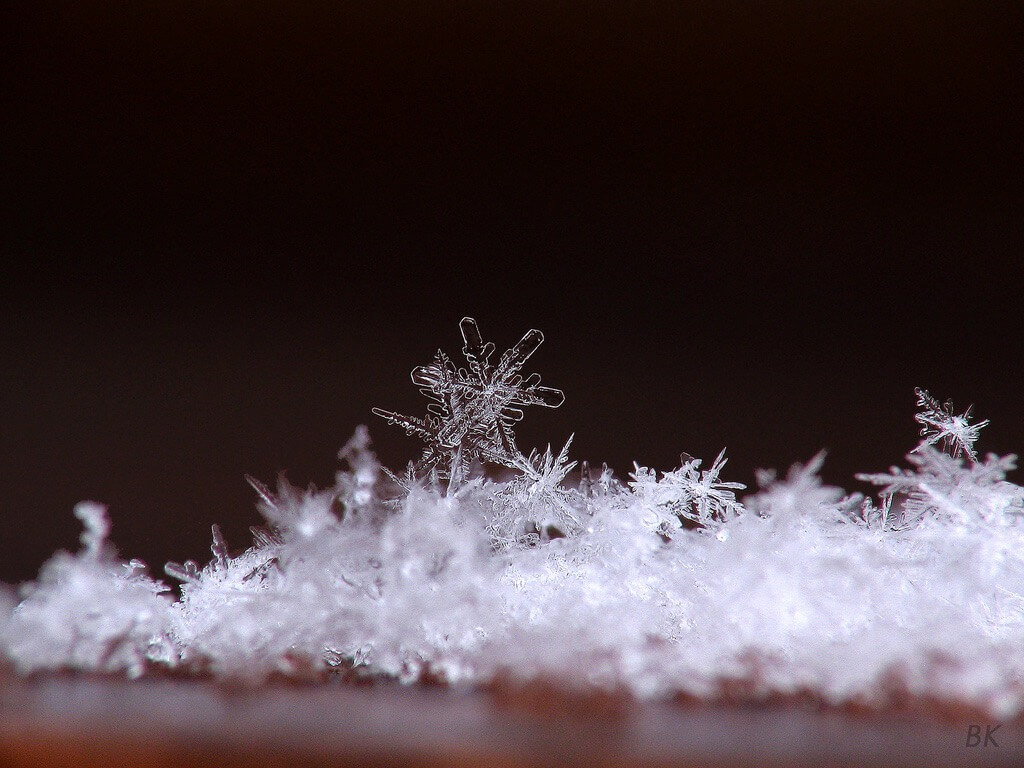
Bernd Thaller – Snowflake on Leaf Bud
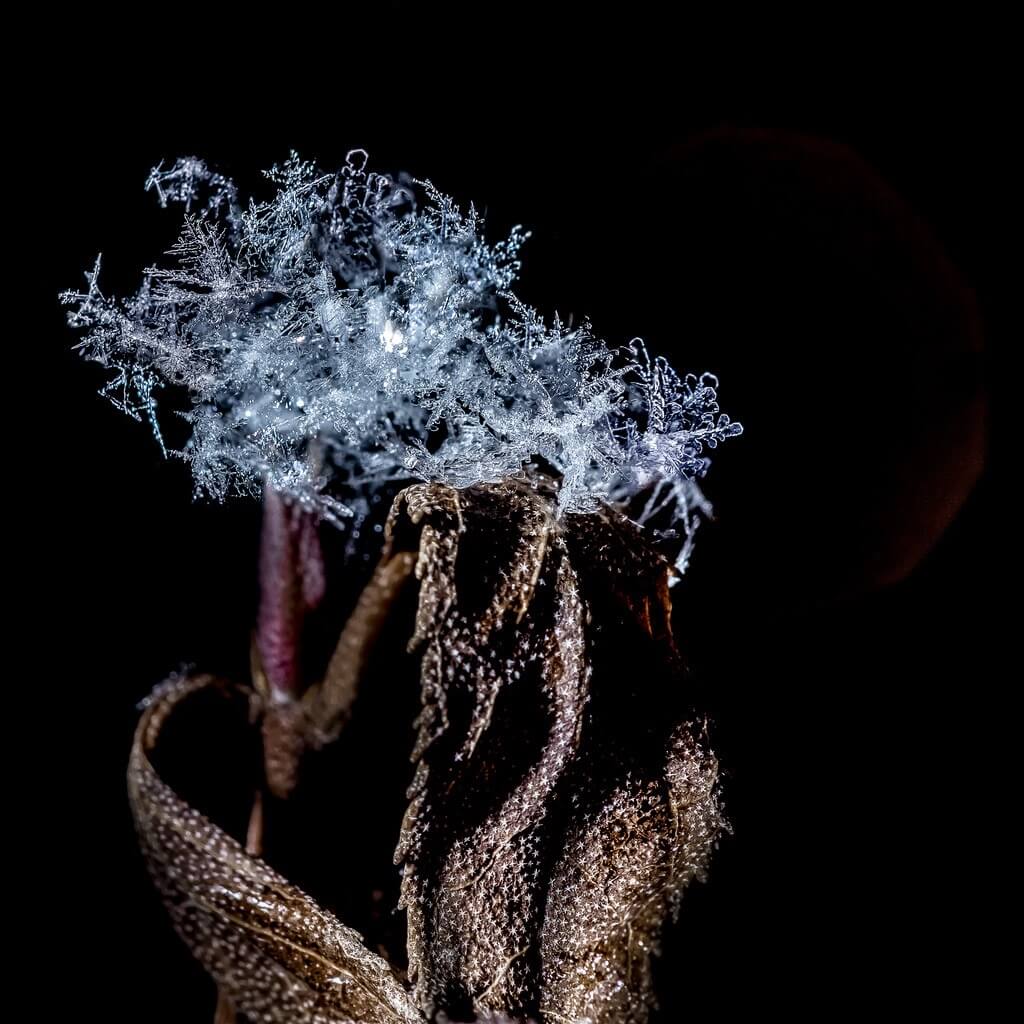
NASA Goddard Space Flight Center – Macro Snowflake
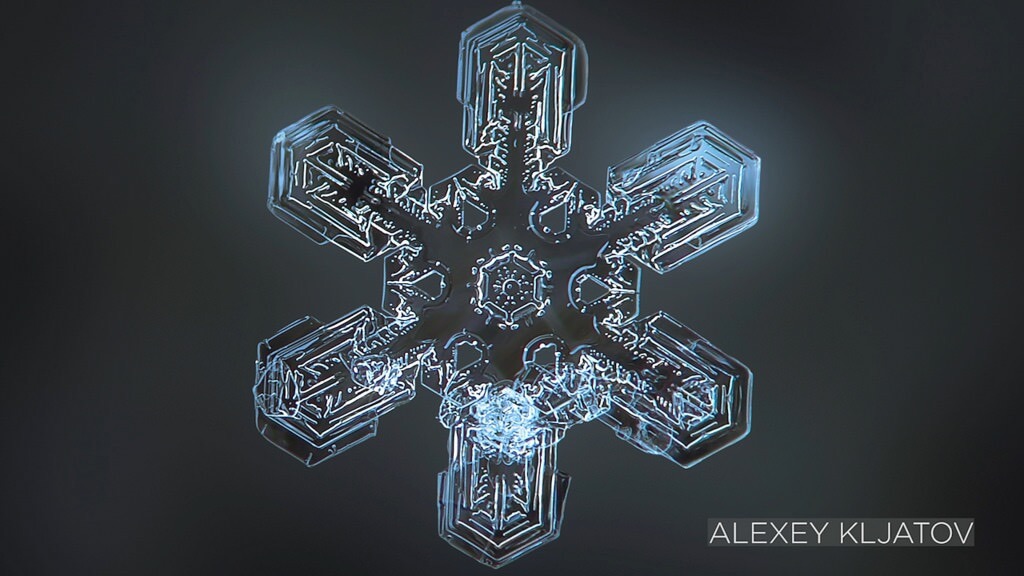
LadyDragonflyCC – >;< - Dark Crystal
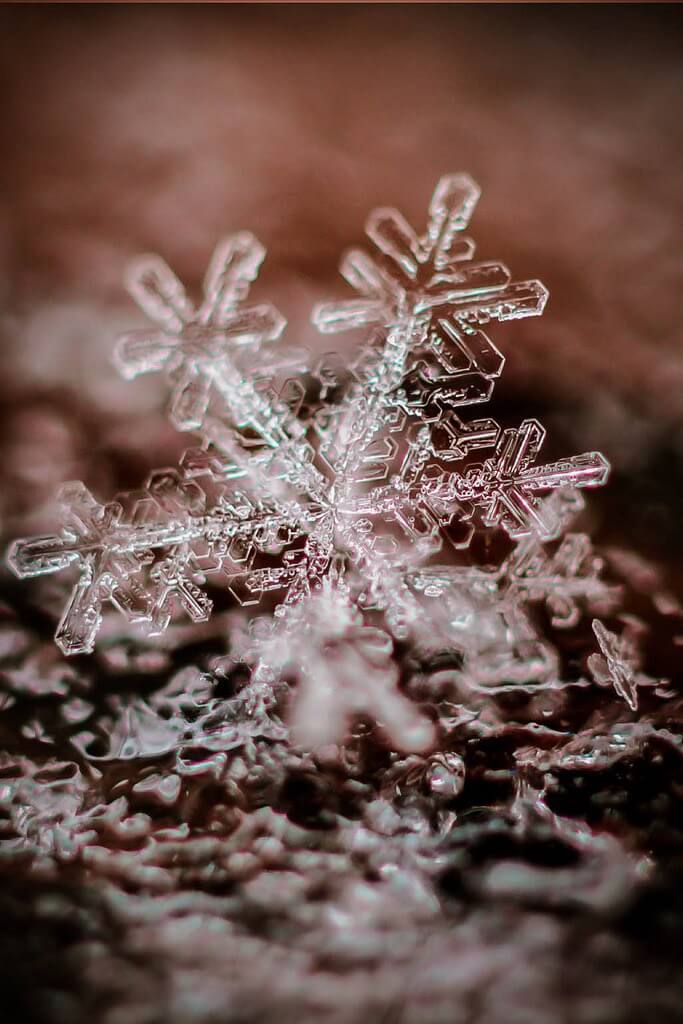
LadyDragonflyCC – >;< - Natural Manipulation
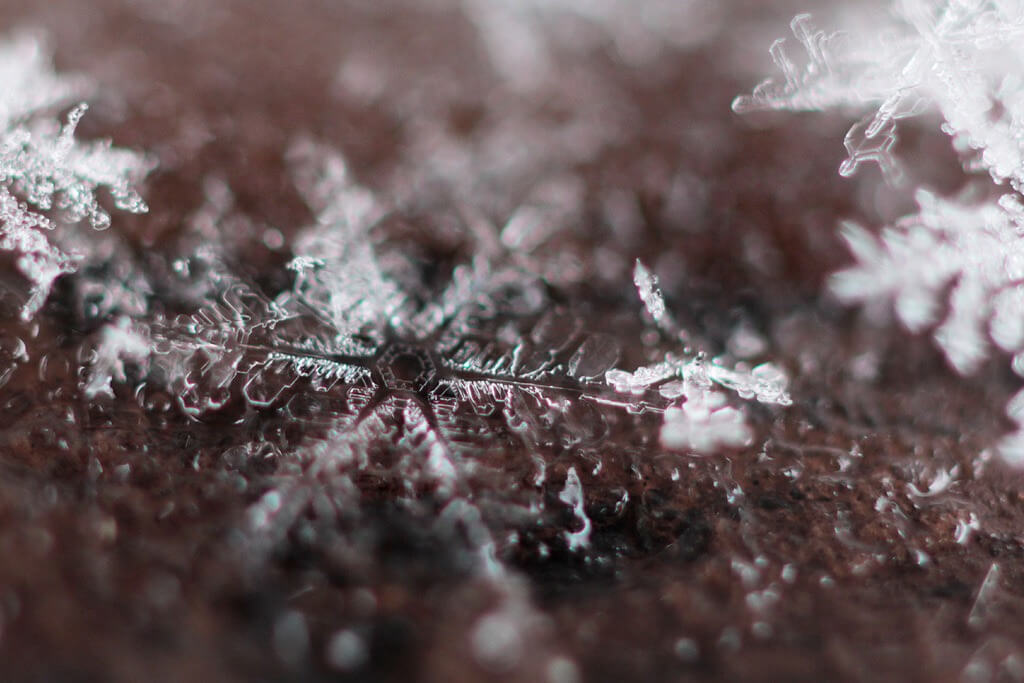
Benjamin Balázs – Snowflake macro
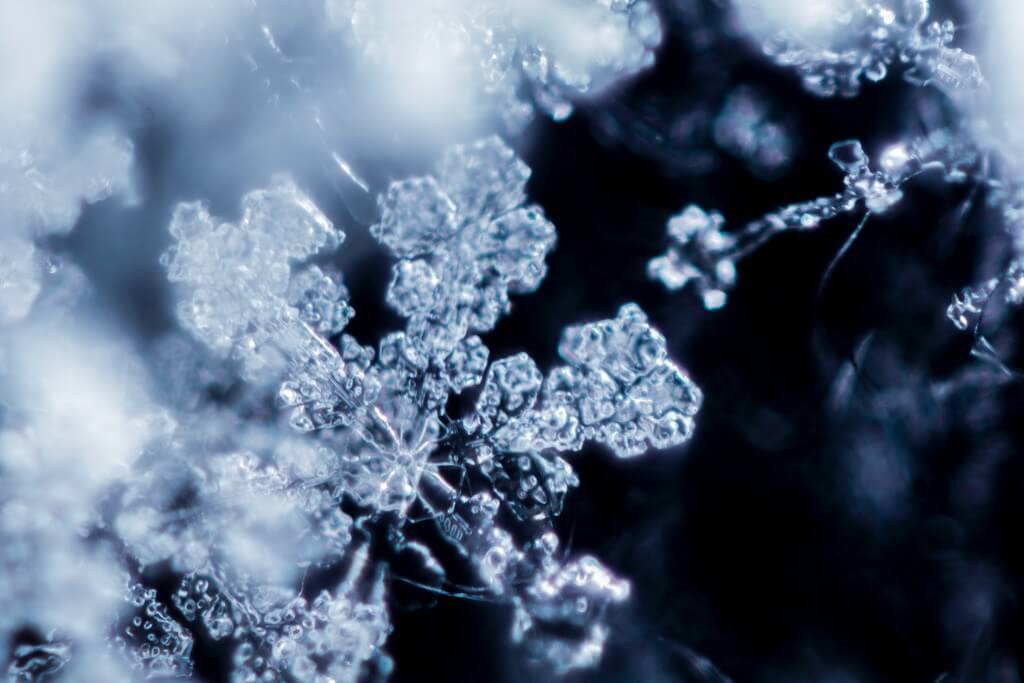
LadyDragonflyCC – >;< - Chiseled Flurry
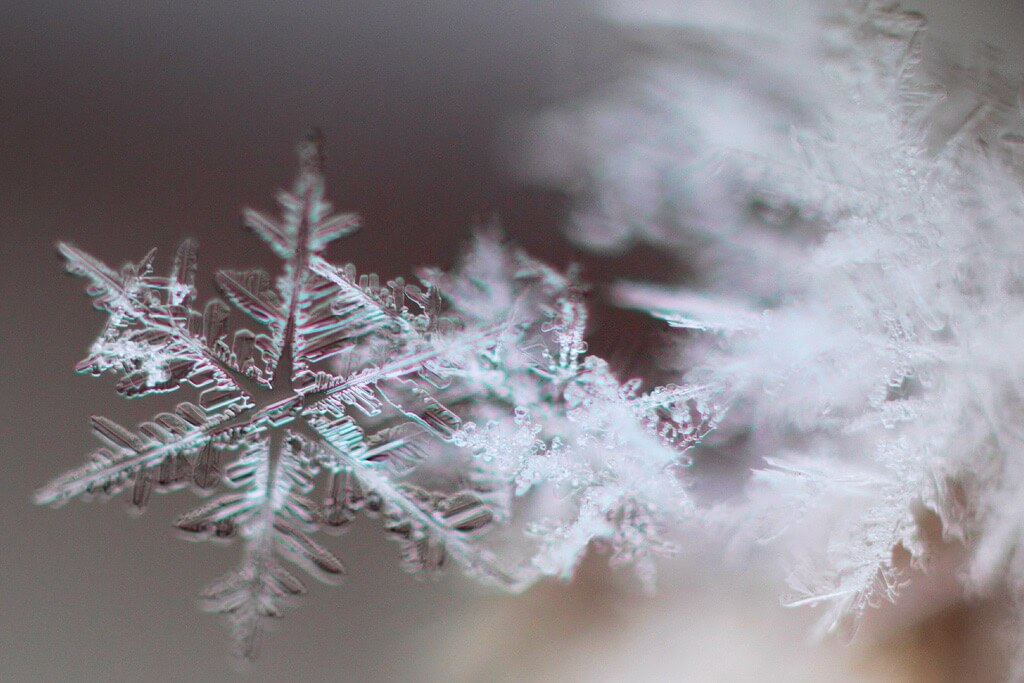
LadyDragonflyCC – >;< - Frozen Sparkle #2
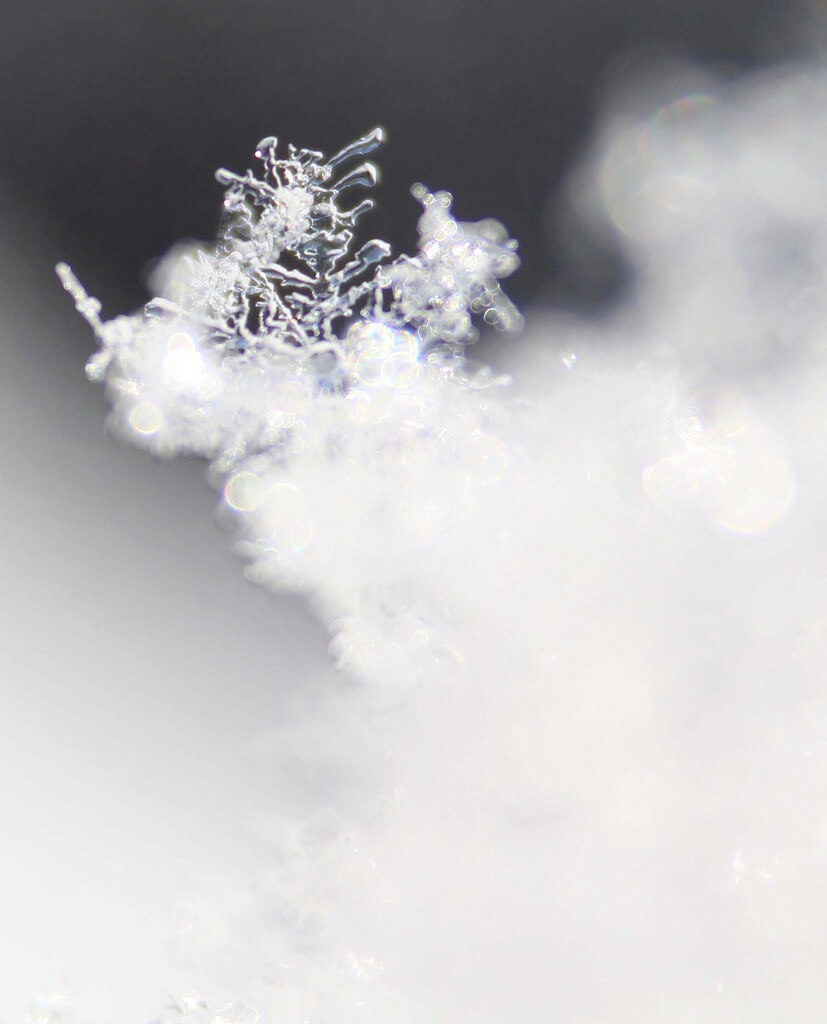
bkaree1 – hópehely /snowflake/
